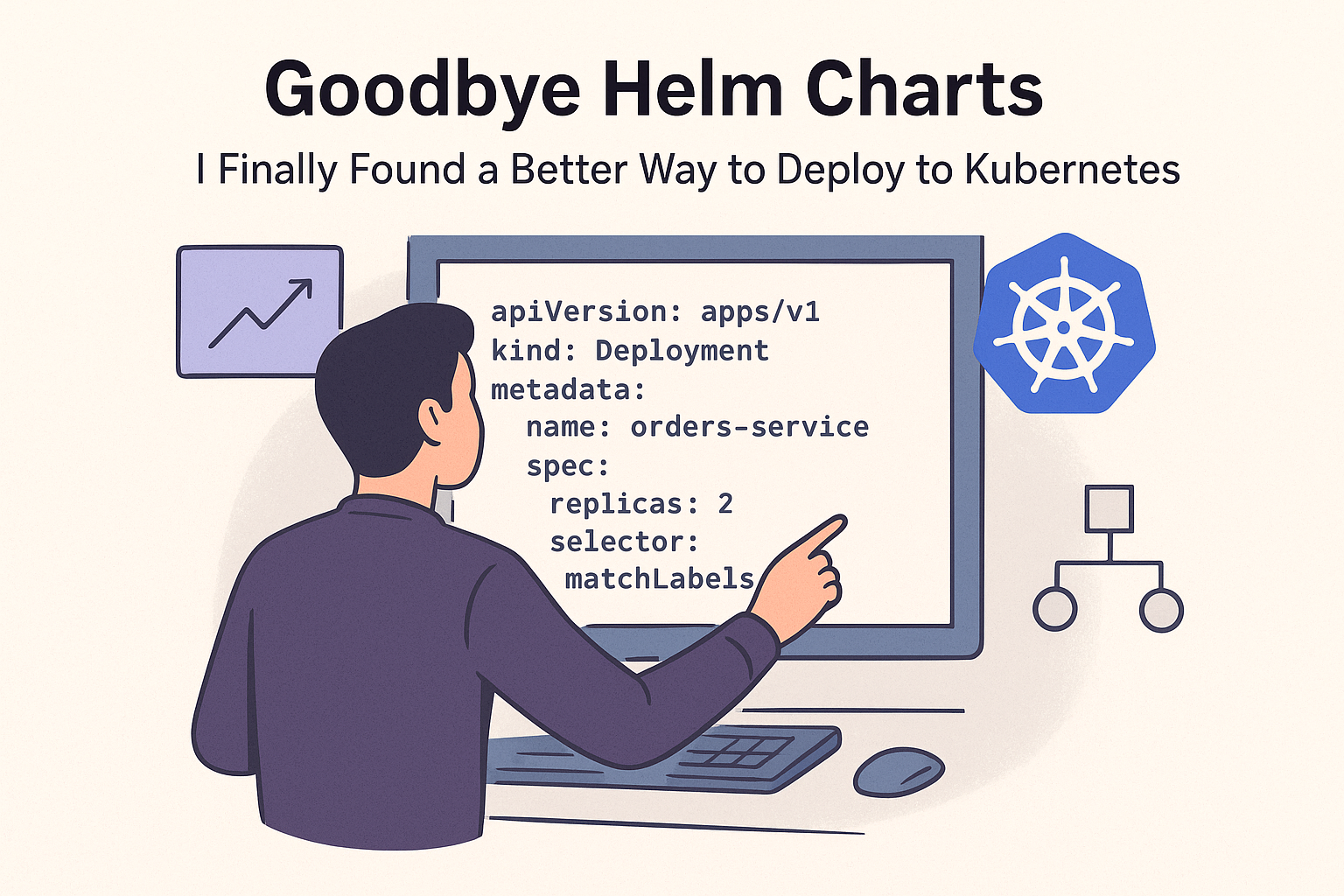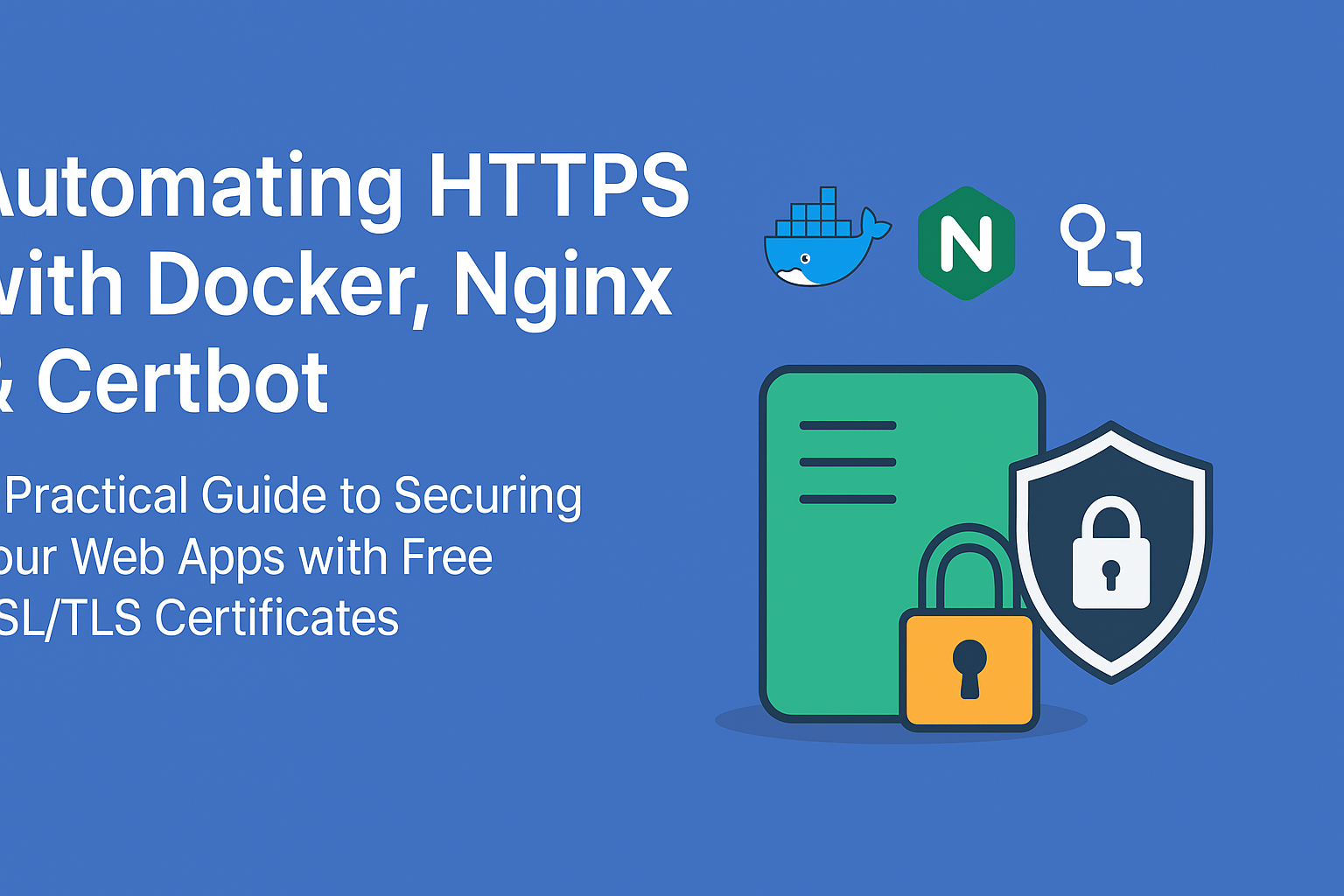php.ini Overview: Boost Performance, Security, and Flexibility
Table of Contents
ToggleTopics: php, configuration, phpini, web, development, serverconfiguration, server, configuration, tutorial, security, performance, errorhandling, developers, caching, optimization
Summary of php.ini
php.ini is a configuration file that controls PHP’s behavior across environments. It allows developers to customize PHP settings to optimize performance, enhance security, and facilitate debugging. Key features include:
- Error Handling: Configure error reporting (
display_errors,log_errors) for development or production environments. - Resource Limits: Manage memory (
memory_limit), execution time (max_execution_time), and file uploads (upload_max_filesize). - Security Settings: Restrict functions (
disable_functions), file access (open_basedir), and external file access (allow_url_fopen). - Session Management: Set paths (
session.save_path), timeouts, and cookie policies. - Performance Tuning: Enable caching (
opcache.enable) and manage input limits (max_input_vars).
Location: Typically found in PHP’s installation directory (e.g., /etc/php on Linux or C:xamppphp on Windows).
Editing: Modify the file with a text editor, save changes, and restart the webserver to apply.
Understanding and configuring php.ini ensures efficient, secure, and stable PHP application deployment.
Table of Contents
- Introduction to php.ini
- What is php.ini?
- Why is it important?
- Key Aspects of php.ini
- Error Handling
- Resource Limits
- Security Settings
- Session Management
- Time Zone Configuration
- File Upload Limits
- How php.ini Affects PHP Performance
- Memory and Execution Limits
- Caching Mechanisms
- Error Handling in Development vs. Production
- Why php.ini is Important for PHP Development
- Customizing PHP Behavior
- Enhancing Security
- Improving Application Performance
- Simplifying Troubleshooting
- Location of php.ini
- Common Locations on Windows, Linux/Unix, and Web Stacks (e.g., XAMPP, WAMP, MAMP)
- How to Edit php.ini
- Steps for Locating and Editing
- Restarting Web Servers to Apply Changes
- Common php.ini Directives
- Essential Settings and Their Usage
- Examples of Frequently Used Directives
- Conclusion
- Summary of php.ini’s Role in PHP Development
- Best Practices for Managing php.ini Configuration
What is php.ini?
The php.ini file is a configuration file used by PHP (Hypertext Preprocessor) to control its behavior and settings. It dictates how PHP operates on a given system, defining key settings like memory limits, error reporting, time zone configuration, and much more.
When PHP is executed, it reads the php.ini file to determine how to run the scripts. This file is crucial for tuning PHP’s performance, security, and functionality to meet the specific needs of your application, environment, or web server.
Key Aspects of php.ini
- Error Handling:
- You can configure how PHP handles errors. For instance, you can enable error reporting in development environments and suppress it in production.
- Directives like
display_errorsandlog_errorsare set in php.ini to determine if errors should be shown to users or logged into files.
- Resource Limits:
- PHP allows you to set limits on resources such as memory, execution time, and file upload sizes. For example,
memory_limit,max_execution_time, andupload_max_filesizeare controlled through php.ini.
- PHP allows you to set limits on resources such as memory, execution time, and file upload sizes. For example,
- Security Settings:
- php.ini helps manage PHP’s security by setting directives like
disable_functions(which disables certain PHP functions),allow_url_fopen(to control file access over the internet), andopen_basedir(to restrict file access to a specific directory).
- php.ini helps manage PHP’s security by setting directives like
- Session Management:
- php.ini can configure session settings such as the
session.save_path(location where session files are stored), session timeout, and cookie settings.
- php.ini can configure session settings such as the
- Time Zone:
- The time zone for your application is set using the
date.timezonedirective. This is important for accurate date and time handling.
- The time zone for your application is set using the
- File Uploads:
- You can configure file upload limits, such as the maximum file size (
upload_max_filesize) and post data size (post_max_size).
- You can configure file upload limits, such as the maximum file size (
How php.ini Affects PHP Performance
- Memory and Execution Limits: By adjusting values like
memory_limitandmax_execution_time, you can ensure your PHP application runs efficiently without using excessive system resources. These settings are vital when working with resource-intensive applications like content management systems (CMS) or large-scale e-commerce platforms. - Caching: php.ini can configure caching mechanisms, such as opcode caching (
opcache.enable) and user-defined caches, which can significantly boost the performance of PHP scripts by reducing redundant operations. - Error Handling: Configuring the
error_reportinglevel can be crucial for debugging. In a development environment, you want to display errors to identify problems, but in production, it’s critical to hide them to avoid exposing sensitive information.
Why php.ini is Important for PHP Development
- Customizing PHP Behavior for Your Needs:
- The php.ini file allows developers to customize PHP’s behavior to meet specific needs. For instance, if your application requires more memory or longer execution times, you can adjust the settings in php.ini to prevent PHP from hitting limits that might cause issues.
- Security Control:
- php.ini offers critical security controls, such as disabling dangerous functions, limiting file access, and setting proper permissions. Misconfigured php.ini settings can leave your application vulnerable to attacks, so it’s important to understand and configure it correctly for production environments.
- Improving Performance:
- By tweaking memory limits, execution time, and caching settings, developers can improve the performance of their PHP applications. This is especially important for high-traffic sites that need to handle large amounts of data or complex operations.
- Troubleshooting:
- When debugging an application, php.ini provides critical information, such as enabling detailed error logs and customizing how PHP handles errors. Knowing how to configure this file can make the difference between a smooth development process and one full of headaches.
Where is php.ini Located?
- Windows: Typically, php.ini can be found in the PHP installation directory, such as
C:xamppphpphp.inifor XAMPP setups. - Linux/Unix: In most Linux distributions, php.ini is usually located in
/etc/php/{version}/apache2/php.ini(for Apache server) or/etc/php/{version}/cli/php.ini(for command-line interface). - WAMP/MAMP: php.ini is often located within the installation directory of the respective stack, such as
C:wampbinphpphp{version}php.ini.
How to Edit php.ini
- Locate the php.ini file on your server or local machine.
- Open the file in a text editor (like Notepad, Sublime Text, or Vim).
- Make the necessary changes, such as adjusting memory limits, error reporting, or upload limits.
- After making changes, restart your web server (Apache, Nginx) or PHP service to apply the new settings.
Common php.ini Directives
Here are some commonly used php.ini directives that every developer should be familiar with:
memory_limit: Sets the maximum amount of memory a script can use.max_execution_time: Sets the maximum time in seconds a script is allowed to run.upload_max_filesize: Defines the maximum size for file uploads.display_errors: Controls whether errors are displayed to the user.log_errors: Enables error logging to a file.date.timezone: Sets the default timezone for date and time functions.session.save_path: Specifies where session data is stored.max_input_vars: Limits the number of input variables PHP can accept.
Conclusion
The php.ini file is a critical part of PHP development, as it directly impacts PHP’s behavior, performance, and security. By understanding and properly configuring php.ini, developers can optimize their applications, enhance security, and ensure smoother operation in various environments. Whether you’re a beginner or an experienced developer, knowing how to configure php.ini is essential for building high-quality, secure, and efficient PHP applications.




